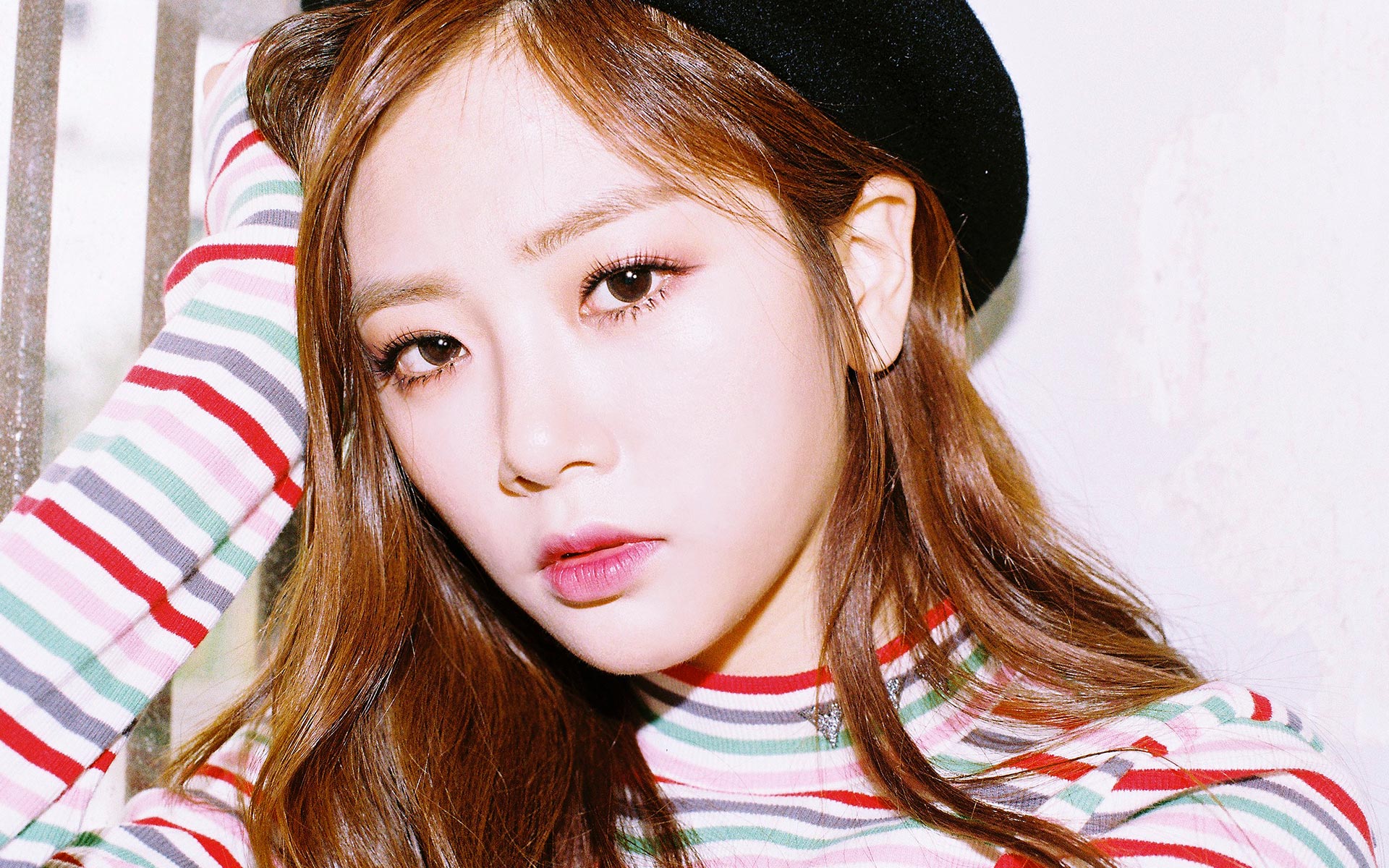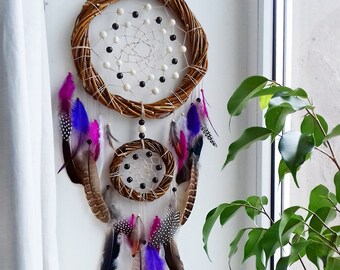Ojibwe Dream Catcher

- Ojibwe Dream Catcher For Sale
- Dream Catcher Meaning Symbolism
- Ojibwe Dream Catcher Origin
- Ojibwe Dream Catcher Appropriation
Long ago in the ancient world of the Ojibwe Nation, the Clans were all located in one general area of that place known as Turtle Island. This is the way that the old Ojibwe storytellers say how Asibikaashi (Spider Woman) helped Wanabozhoo bring giizis (sun) back to the people. To this day, Asibikaashi will build her special lodge before dawn. If you are awake at dawn, as you should be, look for her lodge and you will see this miracle of how she captured the sunrise as the light sparkles on the dew which is gathered there.


_(19801535514).jpg/170px-Bulletin_(1929)_(19801535514).jpg)
Ojibwe Dream Catcher For Sale
In some Native American and First Nations cultures, a dreamcatcher or dream catcher (Ojibwe: asabikeshiinh, the inanimate form of the word for 'spider') is a handmade willow hoop, on which is woven a net or web. The dreamcatcher may also include sacred items such as certain feathers or beads. A dream catcher is supposed to be made in intricate, ceremonial steps that include giving thanks for the spirit of the wood used in it. Those steps fall by the wayside when a person buys a make-it-yourself kit from a discount store, says Gerald White, a member of the Leech Lake Band of Ojibwe. 'The dream catcher, to us, is a sacred item,' White. Become a PATREON supporter at: the show at PAYPAL:https://www.paypal.com/paypalme2/NANABOOZHOO?locale.x=enUSOrd. The Ojibwe believe that night is full of both good &&& bad dreams. When a dream catcher is hung above the place where you sleep it moves freely in the night air.
Asibikaasi took care of her children, the people of the land, and she continues to do so to this day. When the Ojibwe Nation dispersed to the four corners of North America, to fill a prophecy, Asibikaashi had a difficult time making her journey to all those cradle boards, so the mothers, sisters, & Nokomis (grandmothers) took up the practice of weaving the magical webs for the new babies using willow hoops and sinew or cordage made from plants. It is in the shape of a circle to represent how giizis travels each day across the sky. The dream catcher will filter out all the bad bawedjigewin (dreams) & allow only good thoughts to enter into our minds when we are just abinooji. You will see a small hole in the center of each dream catcher where those good bawadjige may come through. With the first rays of sunlight, the bad dreams would perish. When we see little asibikaashi, we should not fear her, but instead respect and protect her. In honor of their origin, the number of points where the web connected to the hoop numbered 8 for Spider Woman’s eight legs or 7 for the Seven Prophecies.
Dream Catcher Meaning Symbolism
It was traditional to put a feather in the center of the dream catcher; it means breath, or air. It is essential for life. A baby watching the air playing with the feather on her cradleboard was entertained while also being given a lesson on the importance of good air. This lesson comes forward in the way that the feather of the owl is kept for wisdom (a woman’s feather) & the eagle feather is kept for courage (a man’s feather). This is not to say that the use of each is restricted by gender, but that to use the feather each is aware of the gender properties she/he is invoking. (Indian people, in general, are very specific about gender roles and identity.) The use of gem stones, as we do in the ones we make for sale, is not something that was done by the old ones. Government laws have forbidden the sale of feathers from our sacred birds, so using four gem stones, to represent the four directions, and the stones used by western nations were substituted by us. The woven dream catchers of adults do not use feathers.
Ojibwe Dream Catcher Origin

Ojibwe Dream Catcher Appropriation
Dream catchers made of willow and sinew are for children, and they are not meant to last. Eventually the willow dries out and the tension of the sinew collapses the dream catcher. That’s supposed to happen. It belies the temporary-ness of youth. Adults should use dream catchers of woven fiber which is made up to reflect their adult “dreams.” It is also customary in many parts of Canada and the Northeastern U.S. to have the dream catchers be a tear-drop/snow shoe shape.